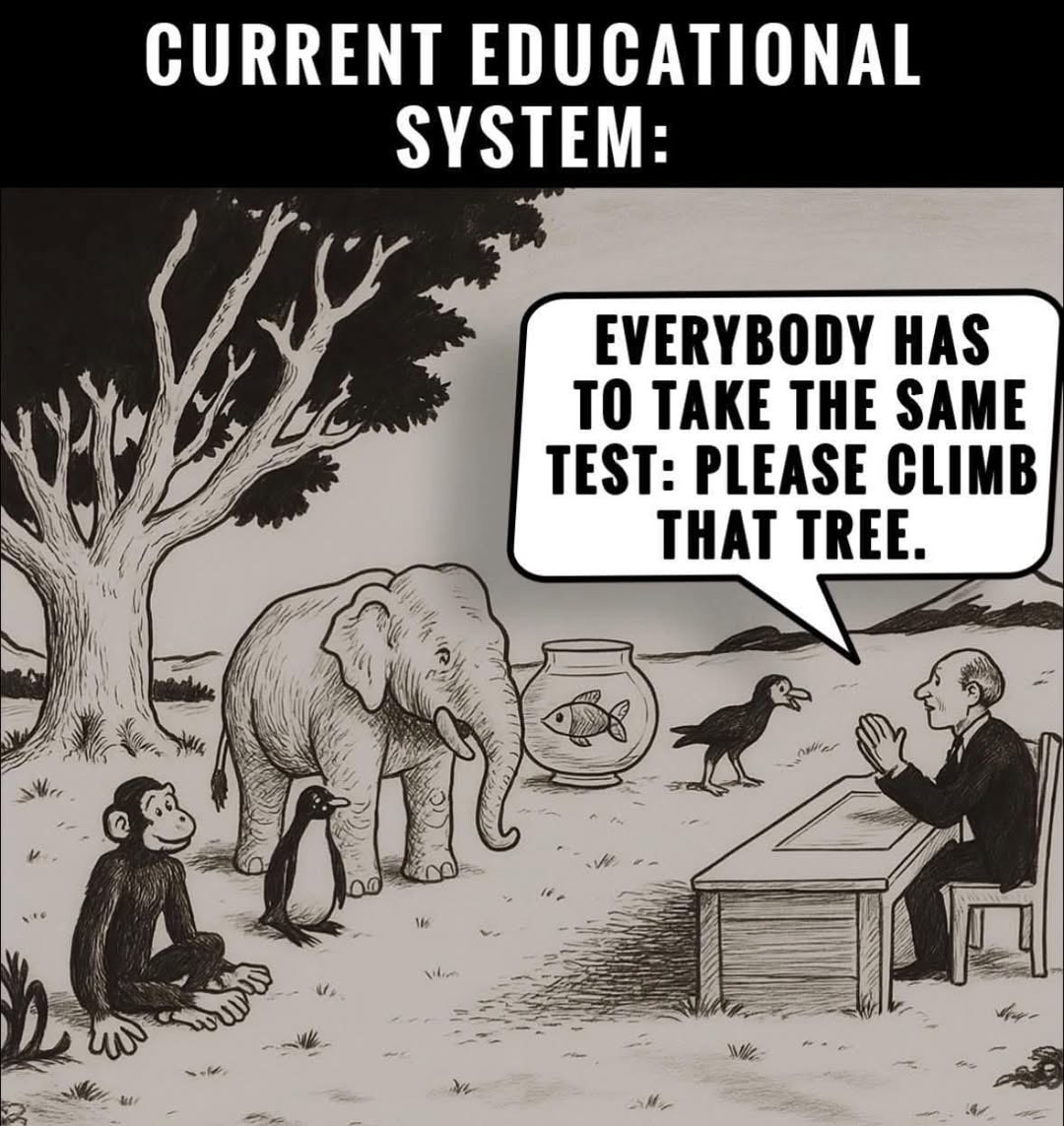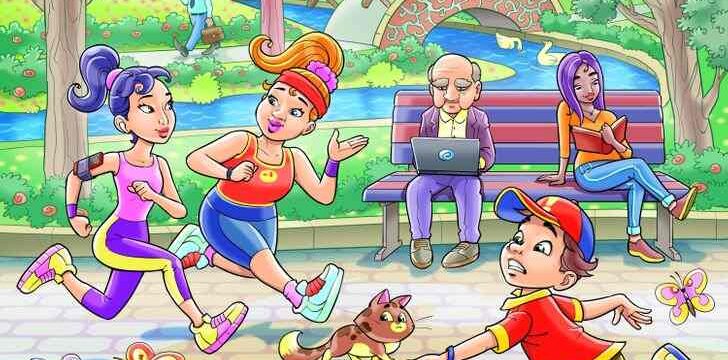
Imagine a scenario where a monkey, an elephant, a fish, and a bird are all asked to climb a tree to prove their abilities. While the monkey excels, the fish and elephant are unfairly deemed incapable—not due to a lack of intelligence, but because the test doesn’t align with their inherent strengths. This metaphor aptly illustrates the shortcomings of our current education system, which often measures all students by a single standard, disregarding their unique talents and learning styles.
The Pitfalls of Standardized Testing
Standardized tests are designed to assess students uniformly, but this approach inherently favors those whose skills align with the test’s structure. Students who think creatively, learn through hands-on experiences, or express themselves differently may find themselves at a disadvantage, not because they lack intelligence, but because their abilities aren’t captured by traditional assessments. This one-size-fits-all methodology can label diverse thinkers as underachievers, overlooking their true potential.
A System Geared Toward Uniformity
Traditional classrooms often reward quick processors and adept test-takers, inadvertently sidelining students who thrive through exploration, creativity, and alternative problem-solving methods. These learners might excel in environments that value innovation and practical application, yet the current system’s emphasis on rote memorization and standardized metrics fails to recognize their strengths.
The Consequences of a Narrow Definition of Success
By expecting all students to excel in the same way, we risk sending a detrimental message: success is only achievable through conformity. This mindset can discourage students whose talents lie outside conventional academic parameters, leading them to believe they’re inadequate. Such a perspective not only stifles individual growth but also deprives society of diverse contributions in fields like the arts, trades, and entrepreneurship.
Recognizing Multiple Intelligences
Psychologist Howard Gardner’s theory of multiple intelligences highlights the varied ways individuals process information and demonstrate understanding. From musical and spatial intelligence to interpersonal and kinesthetic abilities, students possess a spectrum of talents. However, the prevailing educational model often prioritizes linguistic and logical-mathematical skills, neglecting other forms of intelligence that are equally valuable.
Envisioning a More Inclusive Educational Framework
To foster an environment where all students can thrive, the education system should:
-
Personalize Learning: Tailor educational experiences to individual strengths and interests, allowing students to explore areas where they naturally excel.
-
Value Creativity and Critical Thinking: Encourage innovative thought processes and problem-solving over mere memorization.
-
Promote Collaboration: Foster a community where students learn from each other’s diverse perspectives and skills.
-
Ensure Real-World Relevance: Connect academic concepts to practical applications, demonstrating the tangible value of education.
Empowering Educators
Teachers play a pivotal role in shaping students’ learning experiences. However, rigid curricula and an overemphasis on standardized testing can limit their ability to address individual needs. By granting educators the flexibility to innovate and adapt their teaching methods, we can create classrooms that nurture diverse talents and foster genuine engagement.
Redefining Success in Education
Success should not be confined to a singular definition dictated by standardized assessments. Recognizing and celebrating the myriad ways students can excel—be it through artistic expression, mechanical aptitude, or interpersonal skills—will cultivate a more inclusive and dynamic educational landscape. By doing so, we not only honor individual potential but also enrich society with a tapestry of talents and perspectives.
In reimagining our approach to education, we acknowledge that not every student is meant to climb the same tree. Some are destined to swim, others to soar, and many to forge their unique paths. It’s time we build an education system that recognizes and supports these diverse journeys





